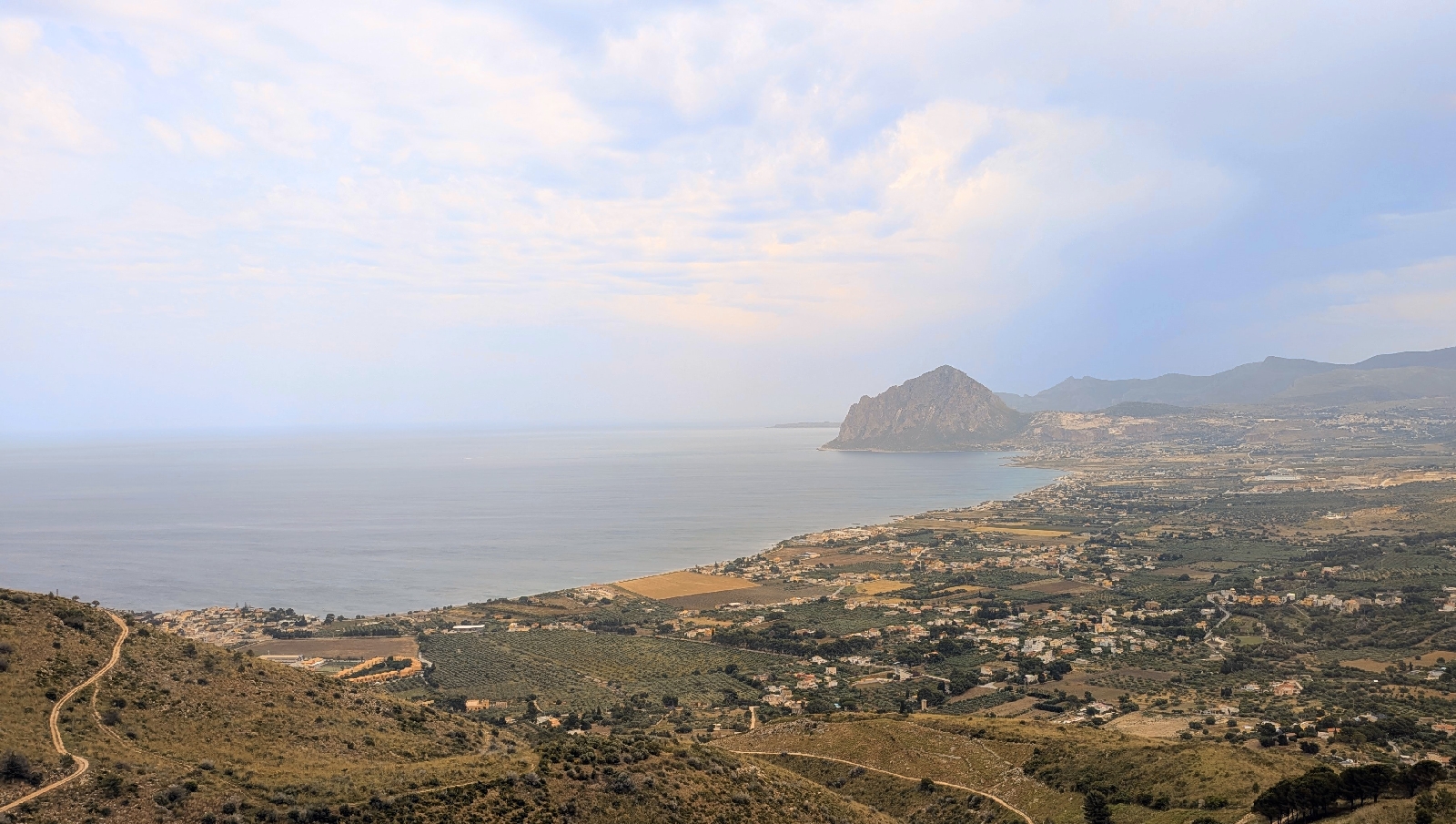Dartmoor
Thursday September 19, we woke up in Chagford. It is one of four medieval Stannary towns on Dartmoor, situated high above the River Teign. The name of Chagford means ‘gorse ford’ from the old dialect word chag (gorse, broom), and the ford being that over the River Teign which is crossed by Chagford Bridge and has existed since before 1224. Chagford was our base for heading to Dartmoor National Park, which we did today. Dartmoor is home to wooded forests, desolate moors, and the prehistoric Merrivale stone rows. As we headed out to the Moors, our 1st stop was a scenic bridge called PostBridge. It was done in a method called clapper bridge - where they lay large stones over the supports. Postbridge Clapper Bridge was first mentioned in 1380, but thought to have been built as early as the 13th century. It is a 3-span bridge of granite on the Medieval route between Exeter and Tavistock.

After that, the rows of stones.
This large stone lines up with another on the far hill to show the direction of the sun. The stone circle are those small stones you see in the background. It is interesting to think that our ancestors could have stood here or in a similar kind of place.
Additionally, all around was evidence of stones used for the base of huts or for penning in animals. It would be the same type of huts at Stonehenge.
No one knows where the people went, but it is assumed that the weather grew harsher and made the area unlivable for thousands of years. During medieval times, the weather significantly improved and people moved back in. It is still a harsh windswept place, and home to many free roaming animals including these cute ponies that ran by.
Even though it was green, it weirdly reminded me of my trip to Death Valley California.We stopped at a scenic tavern for lunch and then headed back to town.
Walking into the hotel, a townsperson just walked in front of our group and sang a 5 verse song g about Dartmoor. Our guide did not plan it, the man just did it. That’s the man on the far right.
Another fun day and tomorrow we are off to Cornwall!



















I've read so many books where they talk about "up on the moor." I've always wanted to visit one. Great pictures!
ReplyDelete